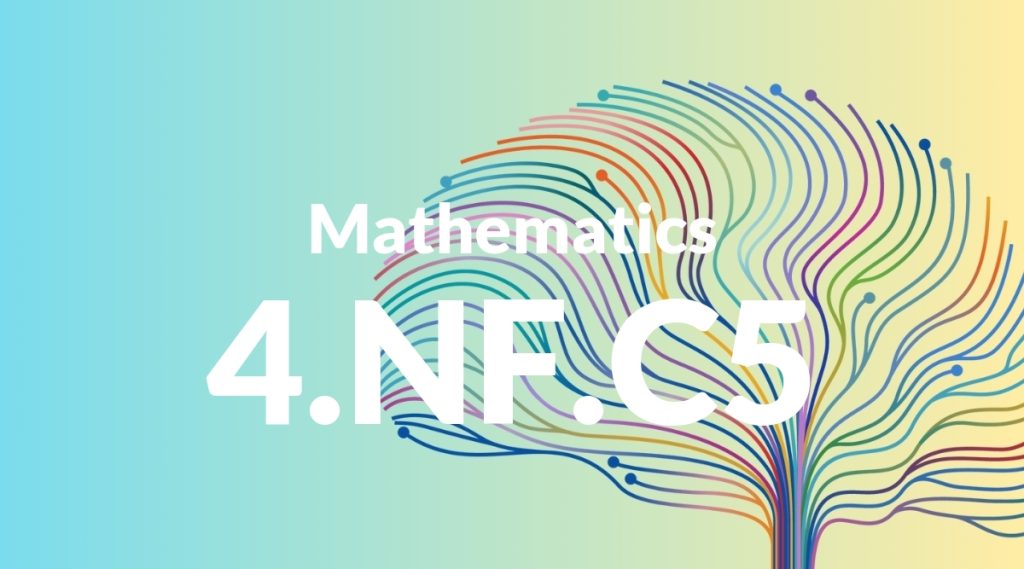Standard: 4.NF.C5 – Express a fraction with denominator 10 as an equivalent fraction with denominator 100, and use this technique to add two fractions with respective denominators 10 and 100. For example, express 3/10 as 30/100, and add 3/10 + 4/100 = 34/100.
Grade level: Grade 4
Subject: Mathematics
Domain: Numbers & Operations – Fractions
Teacher Overview
This standard focuses on teaching students how to convert fractions with a denominator of 10 to an equivalent fraction with a denominator of 100, and use this technique to add these fractions. This skill is important as it lays the foundation for understanding more complex fraction operations and helps students develop a deeper understanding of the relationships between fractions. Students should be familiar with basic fraction concepts, including reading and writing fractions, and recognizing equivalent fractions.
After mastering this standard, students will be able to add and subtract fractions with different denominators and solve more complex fraction problems, enhancing their overall mathematical proficiency.
Common Misconception 1
A common misconception is that fractions with different denominators cannot be added directly. This is incorrect because fractions can be converted to have a common denominator, making addition possible.
Intervention 1
Use visual aids like fraction strips and diagrams to show how fractions can be converted to equivalent fractions with a common denominator, making addition straightforward.
Common Misconception 2
Another misconception is that both the numerator and denominator need to be converted in the same way. This is incorrect; only the denominators need to be converted to a common base.
Intervention 2
Provide practice problems and use visual aids to reinforce that only the denominators need to be converted and show how numerators are added once the denominators are the same.
Prerequisite Knowledge
Students should understand basic fraction concepts, including how to read and write fractions, and the concept of equivalent fractions.
Subsequent Knowledge
Students will develop a deeper understanding of adding and subtracting fractions with different denominators and will be able to solve more complex fraction problems.
Instructional Activities
- Use fraction strips to visually demonstrate the concept of equivalent fractions.
- Practice converting fractions with denominators of 10 to fractions with denominators of 100.
- Solve real-world problems involving the addition of fractions with denominators of 10 and 100.
- Use interactive fraction games and apps to reinforce the concept.




